Torii Kiyonaga Paintings
Torii Kiyonaga was a prominent Japanese ukiyo-e artist of the Torii school. Born Sekiguchi Shinsuke in Edo (present-day Tokyo), he was adopted by Torii Kiyomasu II, who was an artist of the Torii line. The Torii school was renowned for its contributions to the kabuki theatre, creating many woodblock prints that depicted scenes and actors from the popular plays of the time. Kiyonaga assumed the name Torii Kiyonaga after his adoptive father's death in 1771.
Kiyonaga is considered one of the great masters of the full-color print (nishiki-e) and is known for his sophisticated technique and elegant style. His works are characterized by their tall, graceful figures and an emphasis on beauty and harmony. He was particularly adept at depicting the contemporary fashions and social activities of the townspeople of Edo. His works often captured the vibrant life of the city, including scenes from pleasure districts and festivals.
During the 1780s, Kiyonaga produced some of his most acclaimed work, and his prints from this period are often cited as perfect examples of ukiyo-e design and aesthetic. He is noted for his skillful composition and use of perspective, which helped to create depth and a sense of space within his prints. Kiyonaga's influence was significant in the world of Japanese woodblock printing, and his style helped to shape the development of the genre.
After the peak of his career, Kiyonaga's output declined, and he faced competition from newer artists such as Utamaro, who introduced a different style of ukiyo-e focused more on the beauty of women and less on the depiction of social life. Despite this, Kiyonaga's legacy as a master of the ukiyo-e tradition endures, and his works remain highly valued for their beauty and artistry.
Torii Kiyonaga's prints and paintings continue to be celebrated for their contributions to the art of ukiyo-e, and they provide an invaluable glimpse into the culture and society of Edo-period Japan. His works are held in many major museums and collections around the world. Kiyonaga passed away in 1815, leaving behind a lasting impact on the world of Japanese art.
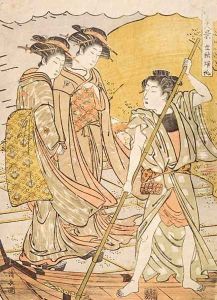
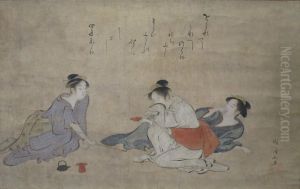
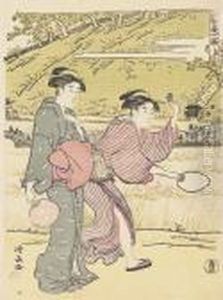
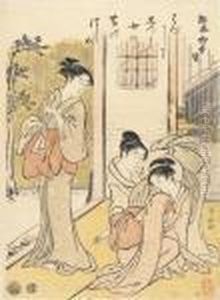
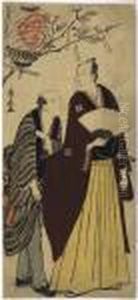
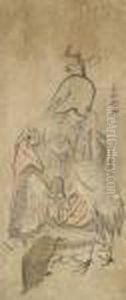
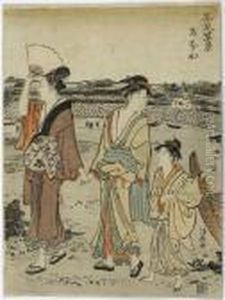
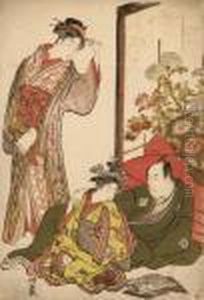
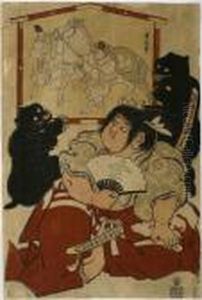
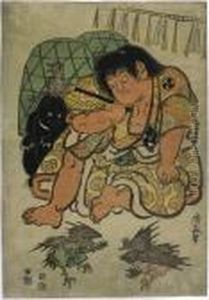
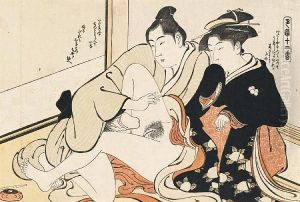
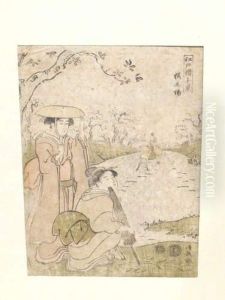
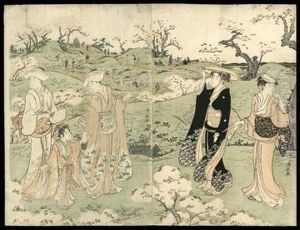

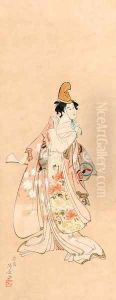
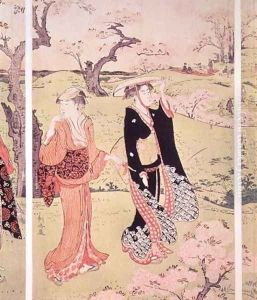
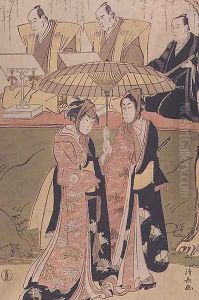
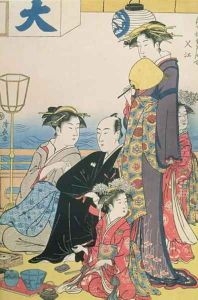
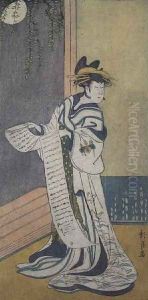
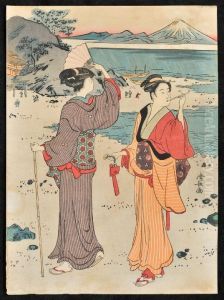

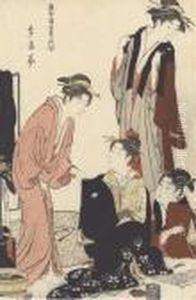
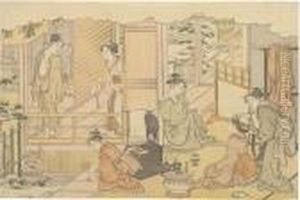
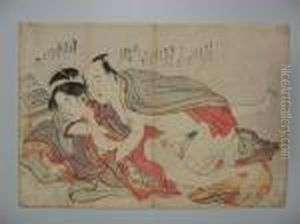
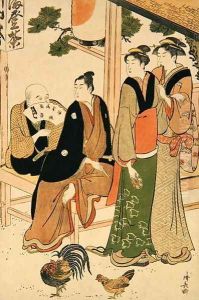
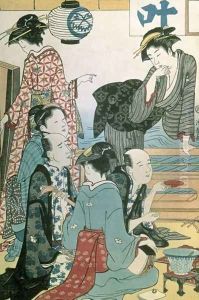
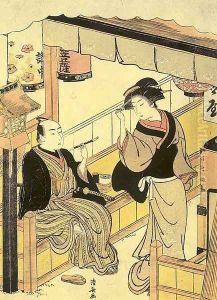

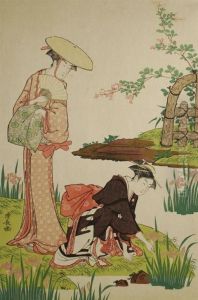
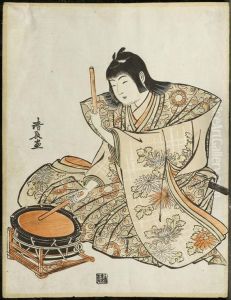
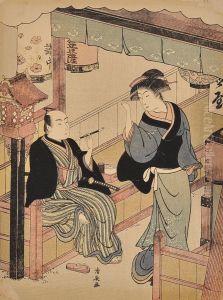
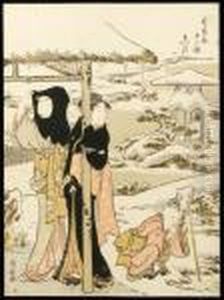
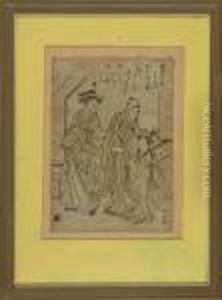
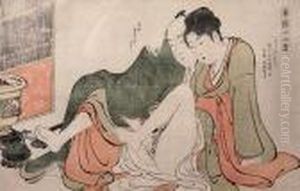
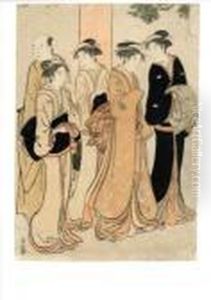
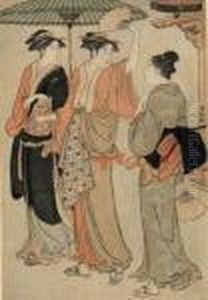
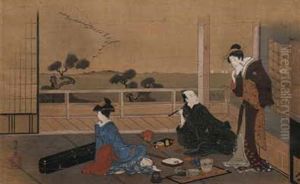
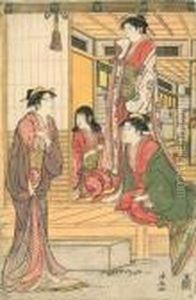
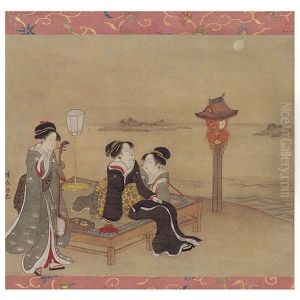
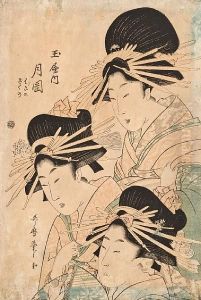

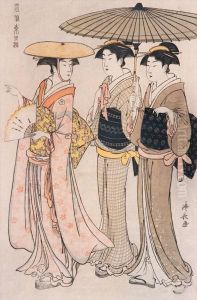
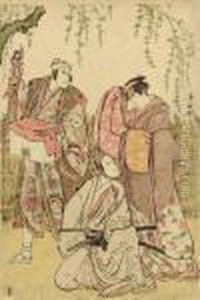
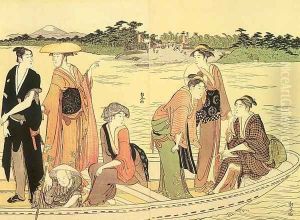
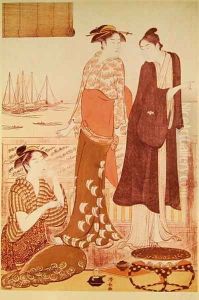
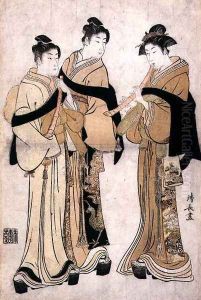
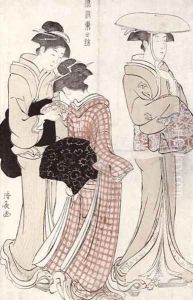
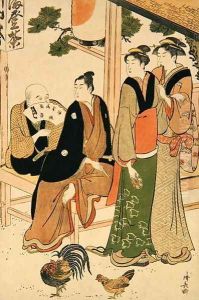
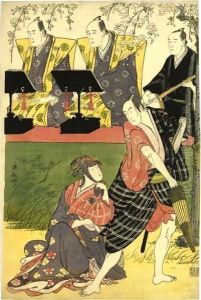
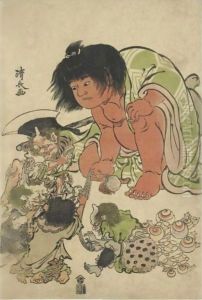
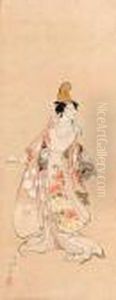
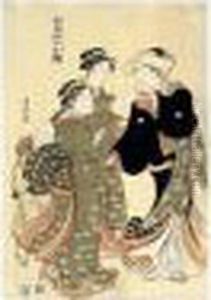
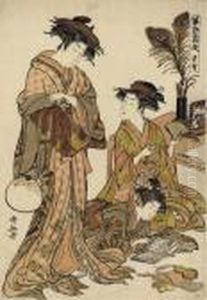
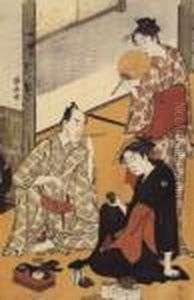
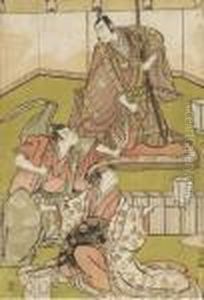
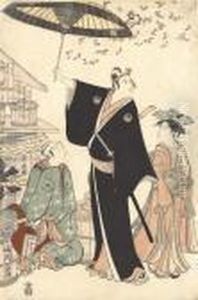
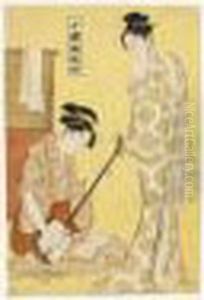
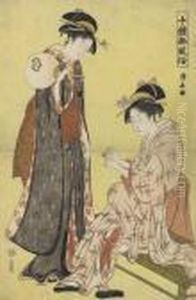
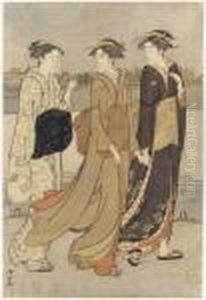
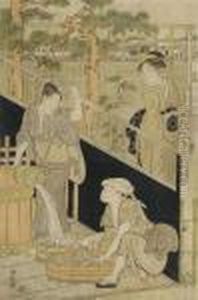
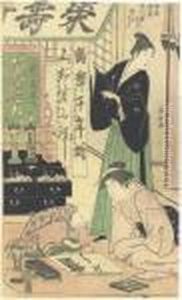
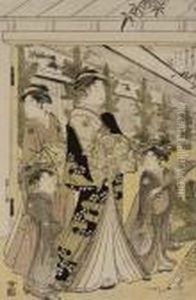
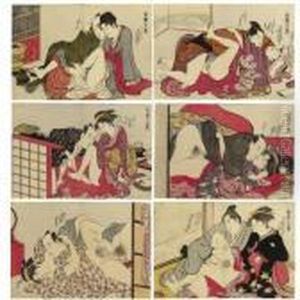

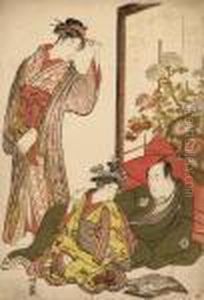
![From The Extremely Rare Horizontal
Hashira-e
[pillar Print] Series
Sode No Maki
[the Sleeve Scroll], A Pregnant Wife And Her Husband, Very Good Impression, Good Colour And Condition](https://www.niceartgallery.com/imgs/1410595/s/torii-kiyonaga-from-the-extremely-rare-horizontal-hashirae-pillar-print-series-sode-no-maki-the-sleeve-scroll-a-pregnant-wife-and-her-husband-very-good-impression-good-colour-and-condition-65941b4.jpg)
![From The Extremely Rare Horizontal
Hashira-e
[pillar Print] Series
Sode No Maki
[the Sleeve Scroll], 1785, A Couple Relax After Their Love-making Session, Very Good Impression, Colour And Condition](https://www.niceartgallery.com/imgs/1410594/s/torii-kiyonaga-from-the-extremely-rare-horizontal-hashirae-pillar-print-series-sode-no-maki-the-sleeve-scroll-1785-a-couple-relax-after-their-lovemaking-session-very-good-impression-colour-and-condition-d1bbc1ec.jpg)